Since Covid-19 started, the activity of many brands has been significantly altered. One sector that is being affected is automotive. Brands are investing less on traditional advertising, while some are going completely dark.
But how is it possible to create a car commercial when it’s impossible to go outside due to lockdowns? Honda UAE together with Memac Ogilvy Dubai found a way to craft the ad doing everything from home (written, directed, edited and watched), relating it back to #StayHome and using the Honda Civic.
But not a regular Civic. For its new commercial, Trading Enterprises – Honda used a full-scale miniature car. The camera shots managed to fool the eye so that at all times you feel like you’re watching a real car commercial.
Throughout this piece we can read: “This might be the first car commercial to be written, directed, edited and watched entirely from home”. A message of adaptation, commitment and encouragement, showing what we can continue to do from home. Closing with “Until we drive again”, the Japanese brand sends a message of desire to the world to drive again as soon as possible.
With this piece, Honda UAE demonstrates everything we can still do through what seemed impossible: a car commercial made entirely from home.
Credits:
Agency
Chief Creative Officer / Juggi Ramakrishnan
Creative Director / Jean-Pierre De Villiers
Creative Team / Nicolas Lopez and Fernando Montero
Client Team Lead / Hadi Ballout
Senior Account Manager / Kenneth Monis
Account Manager / Firas Rehimi
Head of Production / Amin Soltani
Director / Amin Soltani
Junior Producer / Ann Vaas
Client
Grant Bowring / Head of Marketing & Brand Operations
Rohit Bedekar / Marketing Communication Executive
Emad Hassan / Digital Marketing Manager
Source – Campaign Middle East
Like it or not, we are all stuck inside the house these days as a result of the coronavirus crisis, and whether working from home or just chilling, it’s good to take a cinematic break
With cinemas closed and blockbusters-in-waiting – postponed for later this year or all the way through to next year, thankfully, there are many movies offering some form of escape during this time of distress.
Here’s a list of 100 amazing movies to watch in the comfort of your home:
When you need something out of this world

When you need a change in scenery
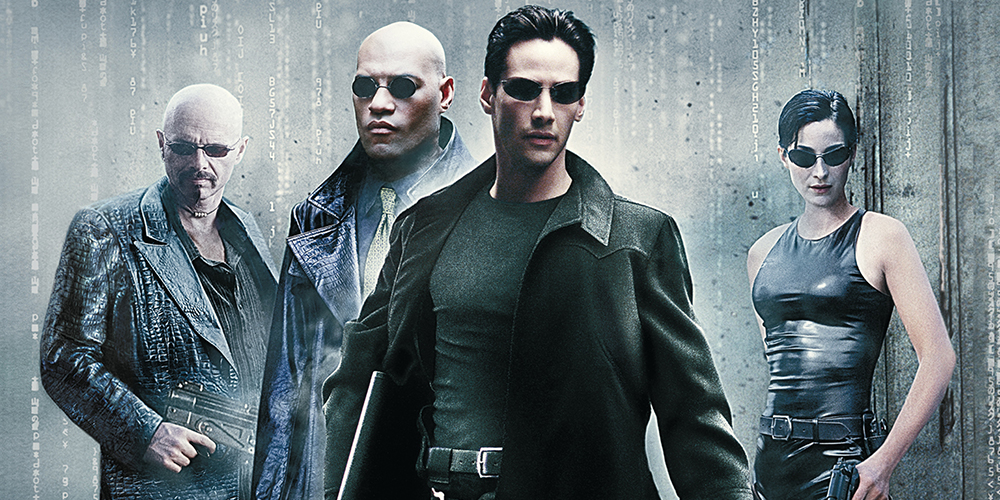
When you need family bonding time

When you need a belly laugh
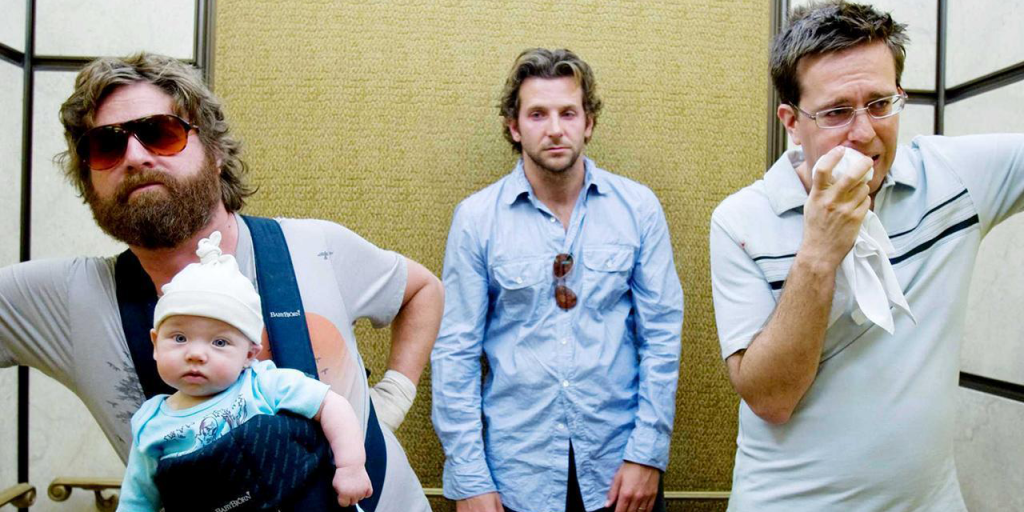
When you need a good scare
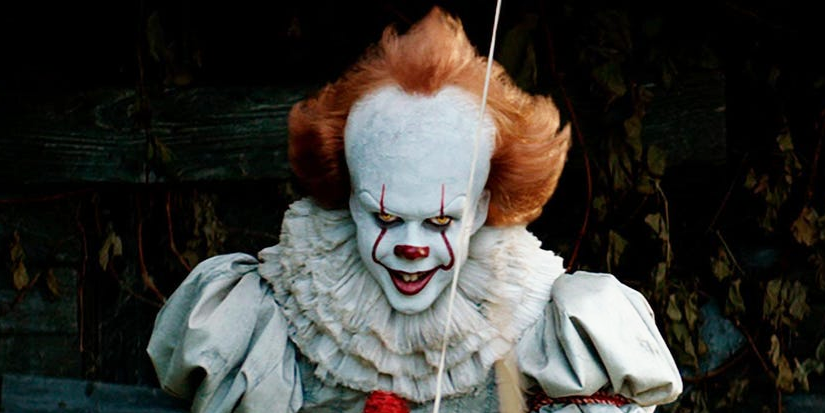
When you need a super-duper hero
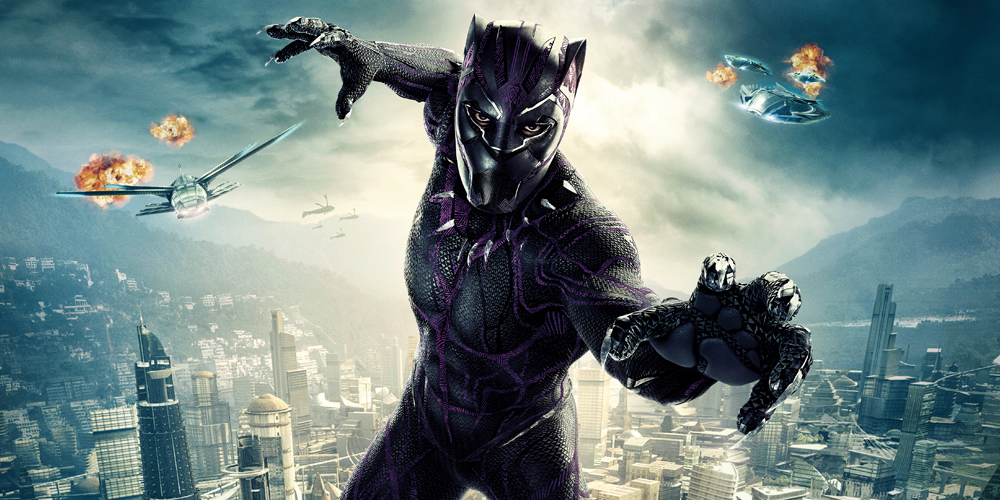
When you need a history lesson
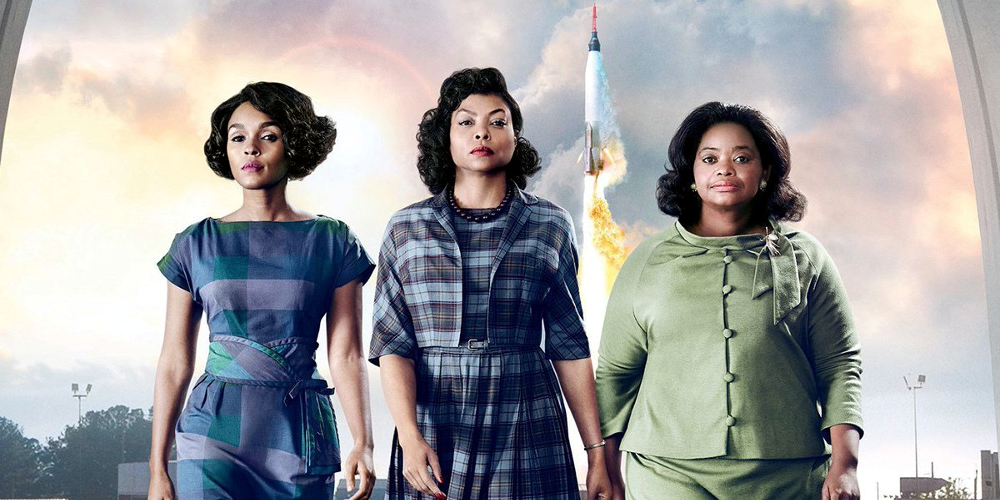
When you need a great movie
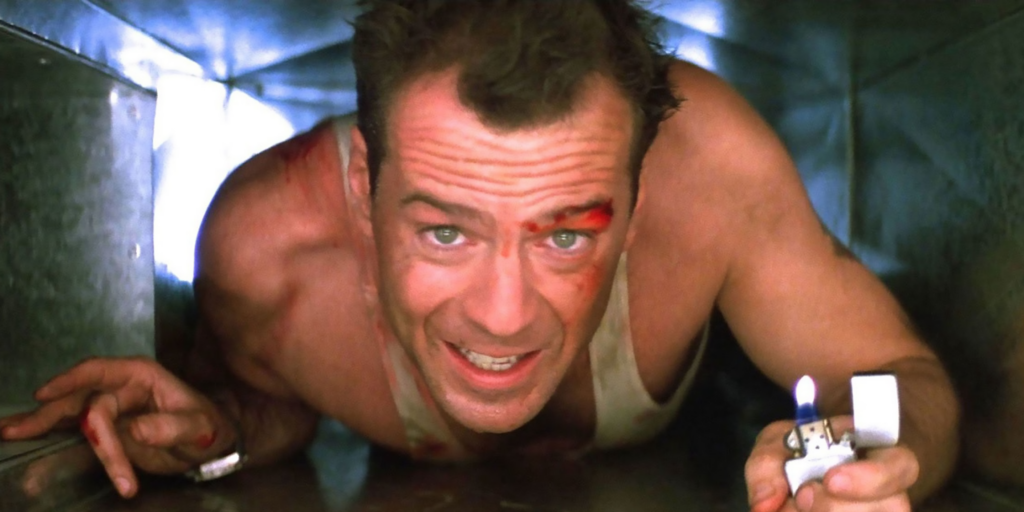
When you need a not-so-great movie

When you need your heart warmed
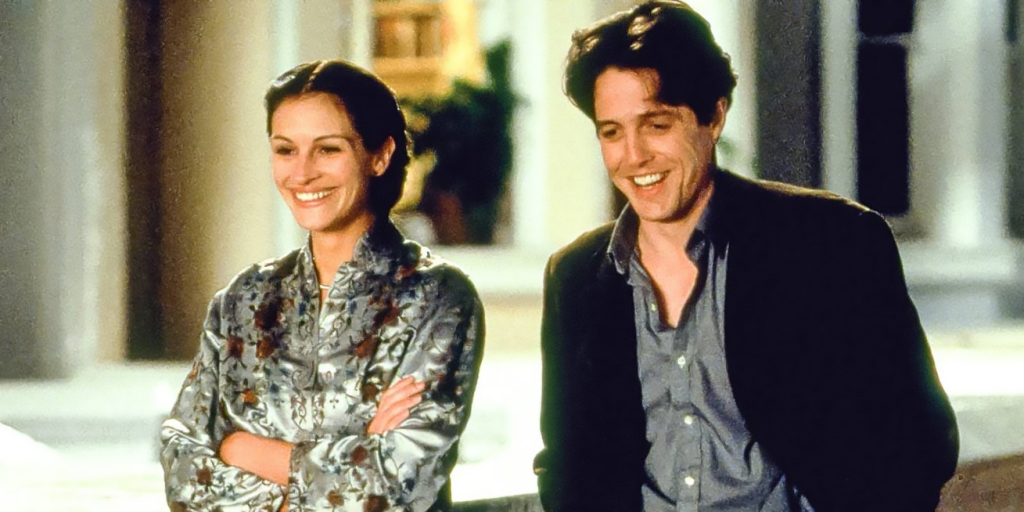
Enjoy!
Source: US Today
As the impact from COVID-19 continues to be felt across the world, the Cannes Lions Festival 2020 will no longer take place from 26-30 October, 2020 as previously planned.
The next edition of the Festival will run 21-25 June, 2021.
The difficult decision follows in-depth consultations with partners and customers and reflects the unprecedented societal, health and economic challenges currently facing the world, as well as the desire to remove any uncertainty about the running of the awards and event for partners and customers.
Cannes Lions without the Lions is nothing – the work is the pinnacle of what Cannes Lions represents. Creative winning ideas should be celebrated and the Festival doesn’t think it’s an appropriate time for that right now. Cannes Lions also realises that the creative community has other challenges to face right now, and simply isn’t in a position to put forward the work that will set the benchmark.
All entries into Cannes Lions 2020 will be judged next year, which will have a two-year eligibility period. Additionally, Festival tickets will be transferred directly to the next edition.
For further questions, please contact [email protected]
Click here to access the full announcement from Cannes Lions.
As the official representatives of the Cannes Lions Festival in the UAE, Motivate Media Group and Motivate Val Morgan will no longer host the UAE Young Lions Digital Competition in 2020.
For more information on the UAE Young Lions Digital Competition, please contact [email protected]
Source: Cannes Lions
Wonder Woman 1984 to release on August 14, 2020 (worldwide)
The coronavirus crisis has hit the entertainment industry hard, with many film and TV projects forced to make some drastic decisions in recent weeks.
If you’re anything like us, having witnessed Diana Prince’s epic sprint through the bleak and hellish emptiness of no man’s land, you are even more desperate for more from the DC’s iconic goddess. But, it seems like all of us will have to wait a little longer to see Wonder Woman in action again!
Wonder Woman 1984 was initially set to release in early June, but has now been postponed until August 2020, and despite the rumours you might have heard, both Warner Bros. and director Patty Jenkins assures fans the now-delayed DC film will be released in cinema and not via VOD/streaming platforms.
In a tweet posted following news of the film’s delay, Jenkins declared, “We made Wonder Woman 1984 for the big screen and I believe in the power of cinema.” She then reiterated that Wonder Woman 1984’s new release date is August 14, and that she prays for “better times for all by then.”
Most delayed movies currently plan to arrive in cinema at some point, though Universal decided to forgo its theatrical run of Emma, The Invisible Man, The Hunt and Trolls World Tour – releasing then directly on VOD. Some fans have called for other films to do the same as Universal in order for them to have access to more entertainment while in lockdown and quarantine at home, but no other movies have taken that route.
Jenkins also stressed that many cinemas are struggling to cope with their shutdowns, something that has been echoed by other directors. Christopher Nolan and Edgar Wright are among those who have encouraged support for cinemas during this time, either by buying memberships or through governmental assistance. In recent days, directors have championed the theatrical experience as more and more people rely on streaming services to keep them occupied.
Sources: Screenrant, World of Reel, Twitter and Techradar
Motivate Val Morgan Cinema Update 2019
Since opening the doors to its first cinema in the capital city of Riyadh in 2018, Saudi movie-goers can’t seem to get enough of this unique entertainment platform.
The Kingdom had 6.6 million cinema visits in 2019, and the 2020 pipeline is on track to meet this growing demand, with new locations set to open in Jubail, Taif, Al-Ahsa, Dhahran, Hail and other cities across the Kingdom.
As for the rest of the region in 2019, cinema exhibitors continued to maintain steady growth by investing in the opening of new locations and growing their circuit of innovative cinema experiences.
2019 was also the first year to have nine films cross the billion-dollar milestone (globally), surpassing 2015’s and 2018’s record of five billion-dollar films. Additionally, Disney (not counting Marvel or Star Wars) saw four films cross US$1 billion (globally) – the studio’s highest amount in any calendar year.
Motivate Val Morgan witnessed an increase in integrated cinema campaign bookings in 2019 – covering both on and off screen advertising, and welcomed a range of first-time advertisers to our list of clients.
Cinema is undoubtedly the ultimate platform for memorable storytelling, for it helps advertisers target specific audiences, builds deeper audience engagement and delivers valuable incremental reach when added as part of a larger media mix.
Click HERE to access the report and contact us to make cinema an integral part of your media plan in 2020!
Muvi Cinemas – Saudi Arabia’s first homegrown cinema brand, opened its doors to cinema audiences at its fourth location at U-Walk in Riyadh on Thursday 5th March 2020.
The cinema features 13 screens with a total of 1398 seats and a range of cinema experiences which include Dolby Cinema™, ScreenX, Samsung Onyx and Suites.
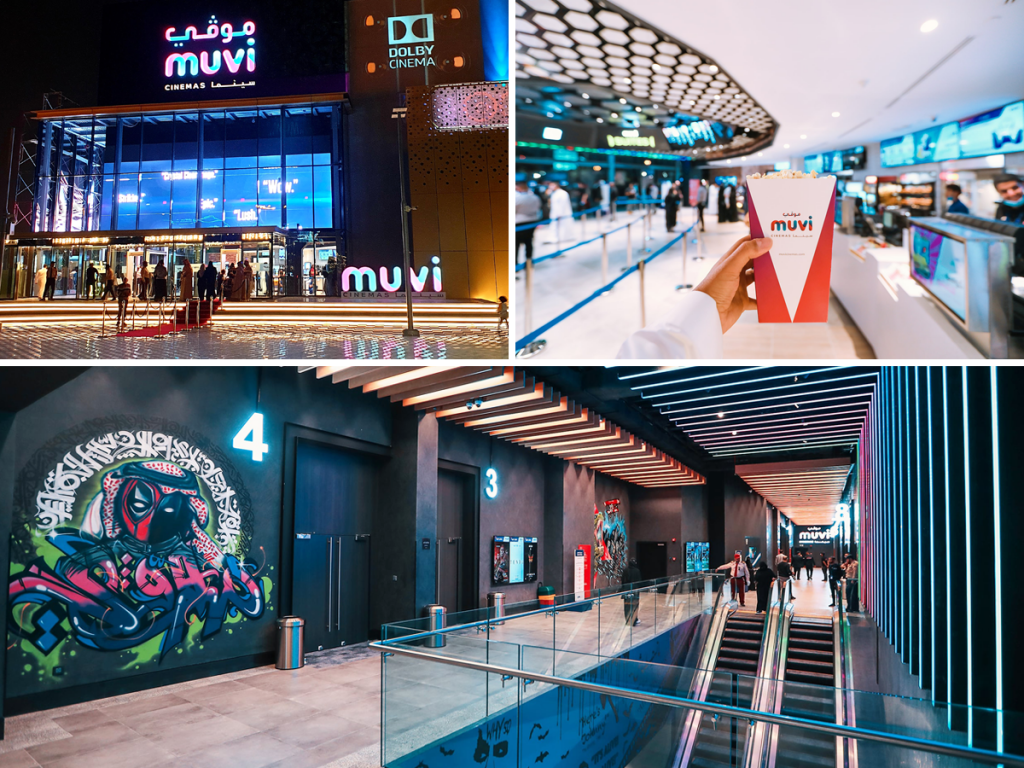
Dolby Cinema™ delivers the total cinema experience. It combines the most powerful image and sound technologies with inspired design to make every visit an unforgettable cinematic event.
ScreenX is a truly immersive cinema experience for those who want to experience blockbusters not just watch them. The world’s first multi projection movie theatre. ScreenX presents unprecedented panorama screen by extending the main screen to each side of walls in the auditorium. Through this panorama screen, the audience will feel as if they are right in the movie. This experience is also available at the cinema exhibitor’s Mall of Arabia location in Jeddah.
Muvi Cinemas is the first cinema in the Middle East to include a Samsung Onyx Cinema LED screen, which accommodates virtually any venue configuration while delivering technical performance and reliability beyond that of traditional projector-based operations.
The extraordinary display installed at Muvi Cinemas – U-Walk transforms the cinema viewing experience with HDR support, offering unparalleled picture quality – true colors and greater vibrancy and accuracy.
Discover the key features of Samsung Onyx in the video below:
Suites is the ultimate luxury cinema experience by Muvi – featuring reclining seats, footrests, extra legroom and USB charging ports. The experience includes an exclusive lounge with an a la carte menu, where cinemagoers can choose from light bites to a full meal. Meals can be eaten in the lounge or inside cinema.
The opening of U-Walk follows the launch of the 7 screen cinema with 659 seats at Nakheel Mall in the city of Dammam which opened in February 2020.
For more information about Muvi Cinemas, visit: www.muvicinemas.com
As the official cinema advertising partner of Muvi Cinemas, Motivate Val Morgan congratulates the cinema exhibitor on its opening at U-Walk (Riyadh) and Nakheel Mall (Dammam), and warmly welcomes these two new location to our cinema circuit in KSA. Contact us for cinema advertising opportunities in KSA.
Source: Muvi Cinemas and Samsung
Godiva – veteran chain specializing in gourmet Belgian chocolates, truffles, cocoa & other sweet gift items, booked an integrated cinema campaign with Motivate Val Morgan – through Arab Reach Media, for the launch of their newest chocolate flavors in Saudi Arabia.
The 15 sec. on-screen commercial screened for a period of 4 weeks (21st November to 18th December, 2019) at AMC Cinemas – KAFD and VOX Cinemas – Red Sea Mall, Riyadh Front and West Avenue Mall.
The off-screen component included a sampling activity at VOX Cinemas – Red Sea Mall, Riyadh Front and West Avenue Mall over the weekend of 12th – 14th December 2019.
Promoters were hired by the brand to oversee the 3-day sampling activity at the respective cinema locations, and to assist with the distribution of chocolates to cinemagoers walking out of the auditoriums at which the brand’s on-screen ad was playing.

Combining on-screen advertising with sampling at the cinema is an effective strategy to implement when seeking to engage audiences with a new product.
Got a product launch coming up? Contact us to know more on how integrated campaigns can help move your brand closer to its target audience.
Related Articles:
McVitie’s Digestive Nibbles | Integrated Cinema Campaign | KSA
Ülker O’lala Sufle | Integrated Cinema Campaign | KSA
Double Delights Sampling Activity at VOX Cinemas
Sooryavanshi – Bollywood’s upcoming super cop action saga, is one of the foremost anticipated movies of the year, and is set to release on across cinemas in the Middle East on 26th March 2020.
Directed by Rohit Shetty and written by Sajid-Farhad, Sooryavanshi will be the fourth installment of Shetty’s ‘cop series’ – Singham (2011), Singham Returns (2014) and Simmba (2018).

The story revolves round DCP Veer Sooryavanshi – chief of the Mumbai Anti-Terrorism Squad, and his team who join forces with Inspector Sangram Bhalerao and DCP Bajirao Singham to stop a terrorist batch planning to attack Mumbai.
The film features Akshay Kumar in the lead role (DCP Veer Sooryavanshi) opposite Katrina Kaif (Aditi Sooryavanshi), and also stars Gulshan Grover, Abhimanyu Singh, Niharica Raizada, Jackie Shroff, Sikandar Kher, Nikitin Dheer and Vivan Bhatena. The film will also feature Ajay Devgn and Ranveer Singh who reprise their roles of Inspector Bajirao M. Singham and Sangram ‘Simmba’ Bhalerao from the franchise’s previous films.
The four-minute long trailer – which released at 12:52 PM on 2nd March 2020, created history as the most viewed Indian trailer on YouTube. It crossed 30M views within 10 hours, 40M views within 21 hours, and at 12:52 PM on 3rd March (24 hours), it had gained 42.74M views. Shah Rukh Khan’s Zero (2018) movie trailer now sits at second position with 41M views in 24 hours.
Sporting ‘Aa Rahi Hai Police’ tees, Rohit Shetty and his ‘cop universe’ made quite a splash at the trailer launch of Sooryavanshi in Mumbai, India.

Image Credit: AFP

Image Credit: AFP
The trailer also sparked a flood of memes on social media right after its release. Tweeps took a dig at hilarious and catchy dialogues from the trailer and curated memes and jokes out of it. Some even went to the extent of calling it ‘India’s Avengers franchise’.
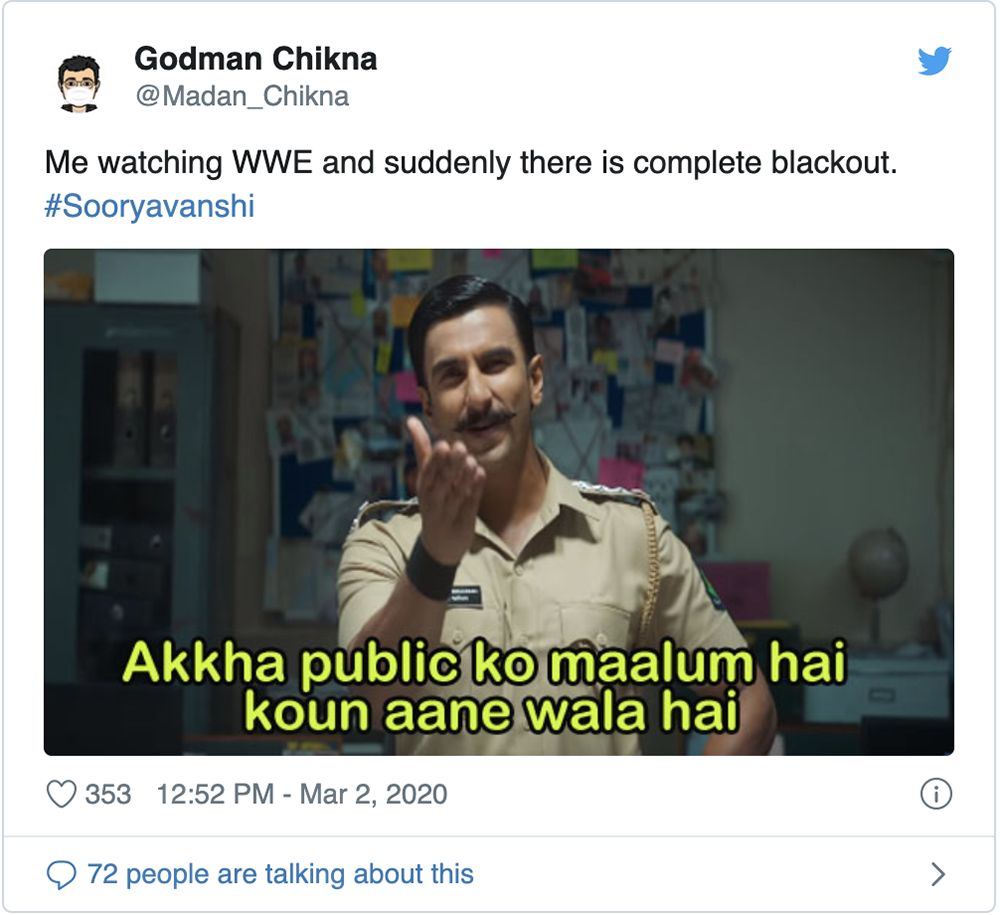

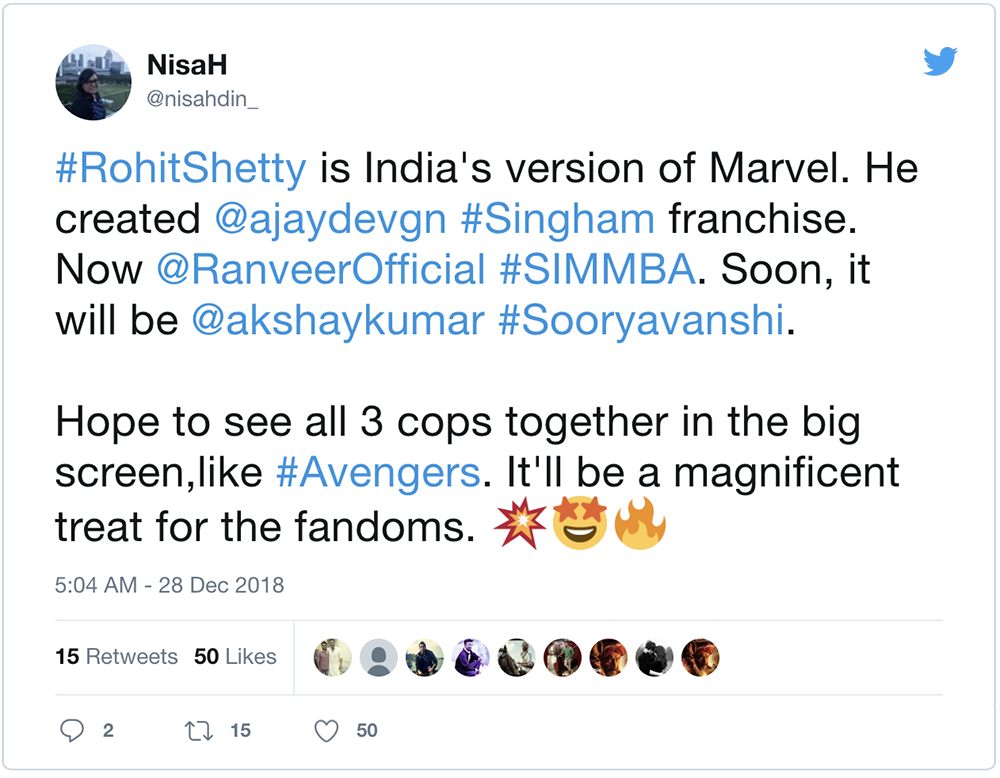
Out of the fourteen films by Rohit Shetty, eleven of them have been blockbusters. Three of his film are also listed in India’s Top 25 Highest-Grossing Films – Chennai Express (2013), Simmba (2018) and Dilwale (2015) which rank at 18th, 20th and 23rd spot respectively.
Below are UAE admission figures for Bollywood movies that released in 2019:
War – Screened for 6 weeks | Over 275K admissions
Bharat – Screened for 4 weeks | Over 183K admissions
Gully Boy – Screened for 7 weeks | Over 169K admissions
Saaho (Hindi Version) – Screened for 2 weeks | Over 164K admissions
Dabangg 3 – Screened for 3 weeks | Over 153K admissions
Uri: The Surgical Strike – Screened for 11 weeks | Over 125K admissions
Badla – Screened for 7 weeks | Over 124K admissions
Super 30 – Screened for 5 weeks | Over 122K admissions
Kabir Singh – Screened for 8 weeks | Over 121K admissions
Housefull 4 – Screened for 4 weeks | Over 121K admissions
Total Dhamaal – Screened for 6 weeks | Over 120 K admissions
Based on the hype garnered by the movie and popularity of movies starring Akshay Kumar in the Middle East, Sooryavanshi is guaranteed to usher in large Asian and Indian language movie fans from across the region.
Don’t miss out on moving your brand closer to its target audience. Contact us for more information on following this Mega Blockbuster.
Sources: Business Insider, Clout News, Gulf News, India Today and Wikipedia
Following a long-running history of successfully bringing legendary tales to life through animation and music, and hot off the heels of live-action remakes such as Dumbo, Aladdin and The Lions King in 2019, Disney is set to release the reboot of Mulan in March 2020.
Mulan – directed by Niki Caro, is the story of a young woman named Hua Mulan who risks everything out of love for her family and her country to become one of the greatest warriors China has ever known.
The remake will star Liu Yifei as the title character and since Disney premiered its teaser and official trailer, fans noticed some pretty big changes – General Shang, Shan Yu, or Mushu are no more!
The original animated movie was a musical, with characters singing songs throughout the story. According to Caro, there will also be no singing in this live-action adaptation, either.
Audiences in general can’t seem to get enough of Disney’s live-action remakes of classic animated films. They’re big, they’re colorful and most of them seem to be offering a new take on beloved characters.
Below are Worldwide Box Office figures for Disney’s most recent live-actions remakes:
Cinderella (2015) – Over US$534 Million
The Jungle Book (2016) – Over US$962 Million
Beauty and the Beast (2017) – Over US$1.26 Billion
Aladdin (2019) – Over US$1.05 Billion
The Lion King (2019) – Over US$1.65 Billion
The remake of the Chinese warrior is already poised to capture the hearts of audiences from around the world, and has broken a few records.
The official teaser trailer for Mulan logged an epic 175+ million views (globally) in its first 24 hours online, making it the 2nd ‘Most Viewed Debut Trailer’ for a Disney live-action adaptation. It is also the 7th ‘Most Watched Trailer’ of all-time behind Avengers: Endgame (trailer 1 & 2), Avengers: Infinity War (trailer 1 & 2), The Lion King (teaser trailer) and It (teaser trailer).
Watch the final trailer for Mulan:
Here’s why Mulan will be yet another Disney remake success:
A Symbol of ‘Girl Power’

Similar to other Disney movies, Mulan (1998) has not been forgotten and still gets heavy rotation in households all over the world. This means new generations have been introduced to the girl who dresses up like a guy to take her father’s place in the army. Hua Mulan battles it out with the enemies—more than once— then goes on to saving the kingdom, all while breaking free from the shackles of patriarchy. Little girls across the world love what Mulan represents – a young girl who fights for herself and never backs down.
Kids’ reviews of the original movie from 1998 reveals that little girls love what Mulan represents.
Here are some reviews from girls ages 11-13 on Common Sense Media:
“Mulan is an inspiration to me! The way she defeats the army and shows that women can do anything men can do really moves me. I also love her love interest, voiced by Donny Osmand. Mulan has violent scenes because it is war based and it might be scary for young children. Mulan was my first hero and I’m sure she inspires many other women.”
“Disney movies are usually stereotypical and about girls (meaning blonde blue eyed models) that fall in love and become princess with help from a magical beings. Not this girl! I love how Mulan fights for herself and never backs down … Mulan has good messages about that girls are strong and just as powerful as men. Every girl should see this movie at least once. One of my favorites. Really just an inspirational movie about girl power. Very good. Mulan is a true hero in my book.”
When it comes to the movie director, Niki Caro (The Zookeeper’s Wife) is at the center of this period-piece action fantasy. Caro is the second female director to be hired by Disney to direct a movie exceeding a $100 million budget following A Wrinkle in Time. Caro has a highly-impressive track record as a director and having a woman’s eye on a legendary female-fronted tale is a good move by the studio.
Speaking at the New Zealand Power of Inclusion Summit in 2019, Caro pointed out that Mulan is a landmark for representation not just for having a woman director, but also for having a female director of photography in Mandy Walker (Hidden Figures) and a female first assistant director, Liz Tan (Spider-Man: Homecoming, The Hobbit Trilogy).
‘Nostalgia’ a Magnet at Box Office
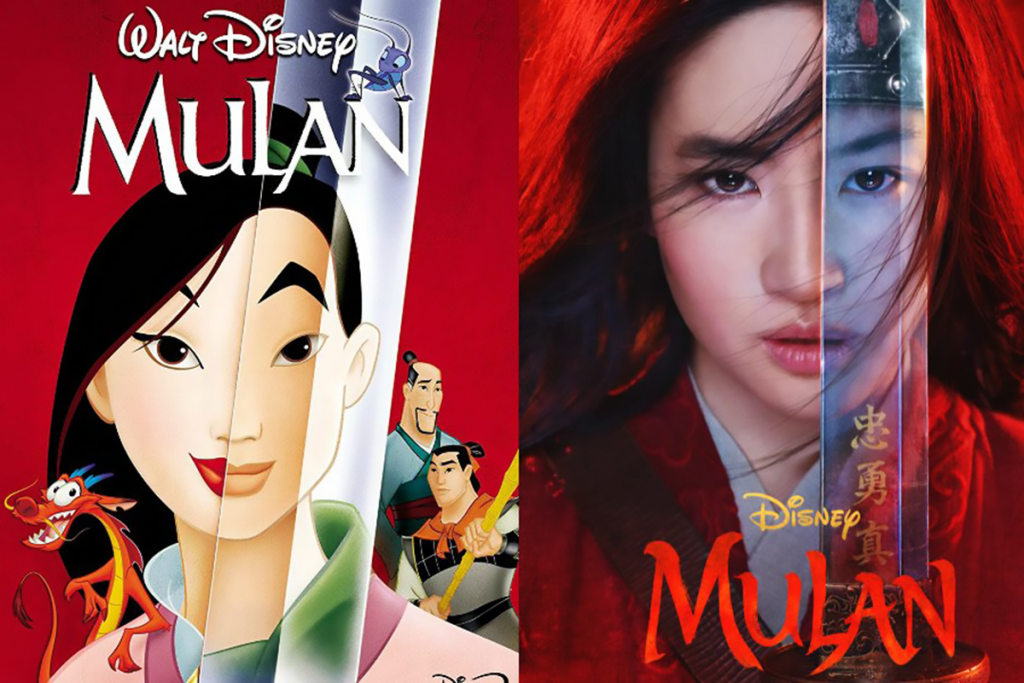
What makes Mulan an unforgettable character? Her brilliance, heart, and bravery are what made her a legend. Though she’s already smart and compassionate, Hua Mulan winds up becoming a fierce fighter in the Chinese army, learning to work on a team and independently. Honor and love for family were central to her journey. All of those elements are present in all versions of the film’s trailer.
Fans of Disney’s first version of Mulan are hyped about seeing a more realistic portrayal of the warrior’s story. She’s a favorite among Disney princesses and although the new film will be missing Mushu and its charming musical numbers, that won’t stop people from seeing it.
2020 Version Closer to the Original Story

When Disney released Mulan in 1998, it did not go over well with Chinese audiences. Part of that had to do with a lack of promotional activities in the country, but since the ‘90s, the Chinese box office has become a powerhouse for American films. Another reason it flopped was because of its storytelling. Various versions of Hua Mulan’s story have been told in Asian cinema for decades, but those were accepted since they focused on the original epic.
The BBC reports that Disney was extra careful with the story of Hua Mulan this time, using the 6th century ballad as its guiding light. This time, the storytelling will be more inclusive of traditional Chinese customs that were the norm at the time.
When the BBC examined how the trailer was received overseas, they mentioned the social media site, Weibo, where users posted comments such as: “Hua Mulan was the heroine who graced our storybooks in school. I’m happy that the trailer is setting her story up as more of a Chinese martial arts epic rather than an American cartoon.”
In spite of complaints about historical inaccuracies, the trailer has been well-received for Mulan, a film that’s shaping up to be a depiction of the legendary girl warrior who’s been celebrated for centuries. For many fans, March can’t come fast enough.
An All-Asian Star Cast

Not only is Mulan great for its strong female lead, but the 2020 version seems to have done justice by avoiding whitewashing. The live action remake is sticking to its plot and heritage, with casting focused on actors of Asian ethnicities who appeal to both Chinese and Western audiences.
After a team of Disney casting directors conducted a year-long search, traveling across five continents and auditioning nearly 1000 candidates, Liu Yifei was selected to play the role of Hua Mulan.
*Did you know – According to the cinematographer of the film, the battle sequences in Mulan were all done in front of the camera and Liu Yifei did 90% of her own stunts.
Donnie Yen has been cast as a fresh character named Commander Tung, who will serve as Hua Mulan’s mentor and teacher. Yen is best known for his role in Rogue One: A Star Wars Story (2012), the Ip Man films and Crouching Tiger, Hidden Dragon (2000).
Among the new characters introduced for this version of the film, the main antagonist in the movie is a powerful witch named Xian Lang, played by Li Gong. The actress also played the main villain in Memoirs of a Geisha (2005) to much acclaim. Her inclusion adds an element of magic to Mulan not seen before, perhaps creating new circumstances for the army.
Jason Scott Lee – best known for his portrayal of Bruce Lee in Dragon: The Bruce Lee Story (1993) and his voice role of David in Lilo & Stitch (2002) is also joining the movie as Bori Khan.
Jet Li has been casted by Disney as the Emperor of China in the upcoming live-action film. Li is one of the most prominent Chinese actors to grace Hollywood, starting with his debut in 1998’s Lethal Weapon 4. In the early ’00s he made a name for himself as a martial artist action hero, most recently appearing in The Expendables movies. Li and Liu Yifei have worked alongside each other before in The Forbidden Kingdom (2008).
Yoson An will play the role of Chen Honghui – Mulan’s rival and love interest, in 2020’s version the legendary tale.
Boxoffice Pro is projecting Mulan to make $40 – 60 million in its US opening, while Motivate Val Morgan forecasts over 520K admissions for the movie in the UAE.
Mulan is set to grace cinemas across the Middle East on 26th March, 2020. Contact us for cinema advertising opportunities alongside this MEGA Blockbuster.
Sources: Deadline, Forbes, Heroic Hollywood, The Hollywood Reporter, Cheat Sheet, The Numbers, Boxoffice Pro. and Wikipedia
4DX had its best year yet at Global Box Office in 2019, with CJ 4DPLEX – the company behind multi-sensory 4DX cinema technology, announcing it had a record-breaking year, grossing more than £246 million ($320 million) for 4DX worldwide.
Marking a 12% increase from 2018’s record of $286 million, it was the best year yet for the groundbreaking format. The uptick is partly credited to booming revenues in the U.S., where 4DX Box Office increased by 73% from 2018, while European markets grew by 17% from the previous year.
The announcement was further proof that a rising tide lifts all boats, after the global box office hit a record high in 2019, surpassing $42.5 billion. Overseas revenues also soared to new heights, topping $30 billion for the first time.
The trend toward premium and immersive cinema formats is helping to fuel this growth.
4DX provides cinema audiences a variety of special effects in cinemas, such as vibrating chairs, blowing winds, fog, and splashing water, through the use of specially designed in-theater technology.
Listed below are the 7 highest movies that smashed 4DX Box Office Records in 2019:
Avengers: Endgame – $34.4M
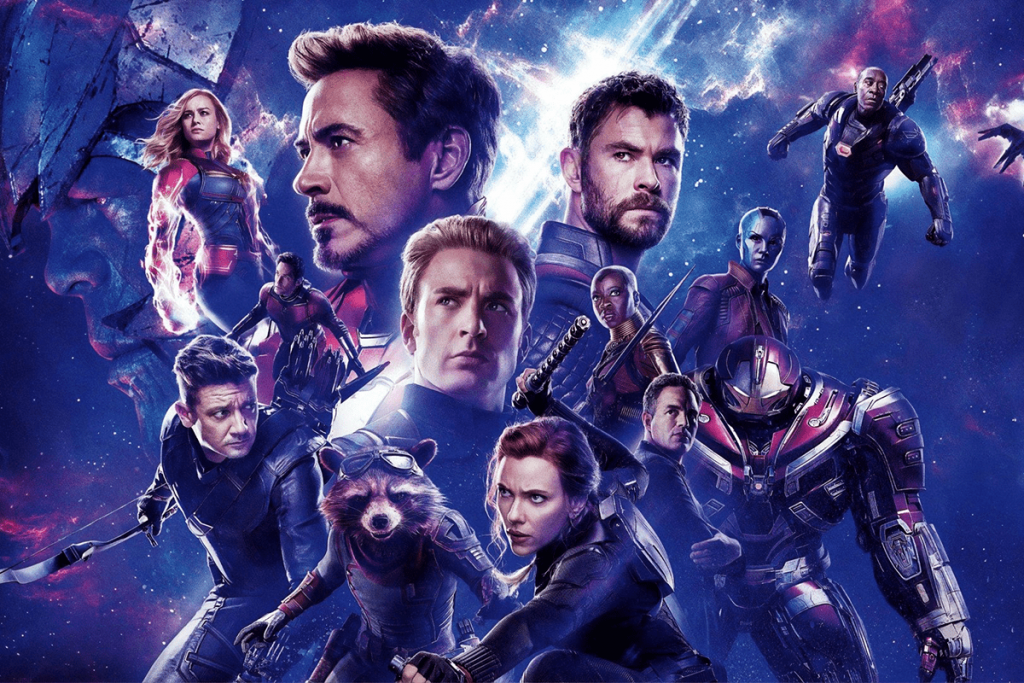
Aladdin – $25.9M

The Lion King – $23.2M

Frozen 2 – $18.8M

Fast & Furious Presents: Hobbs & Shaw – $16.9M
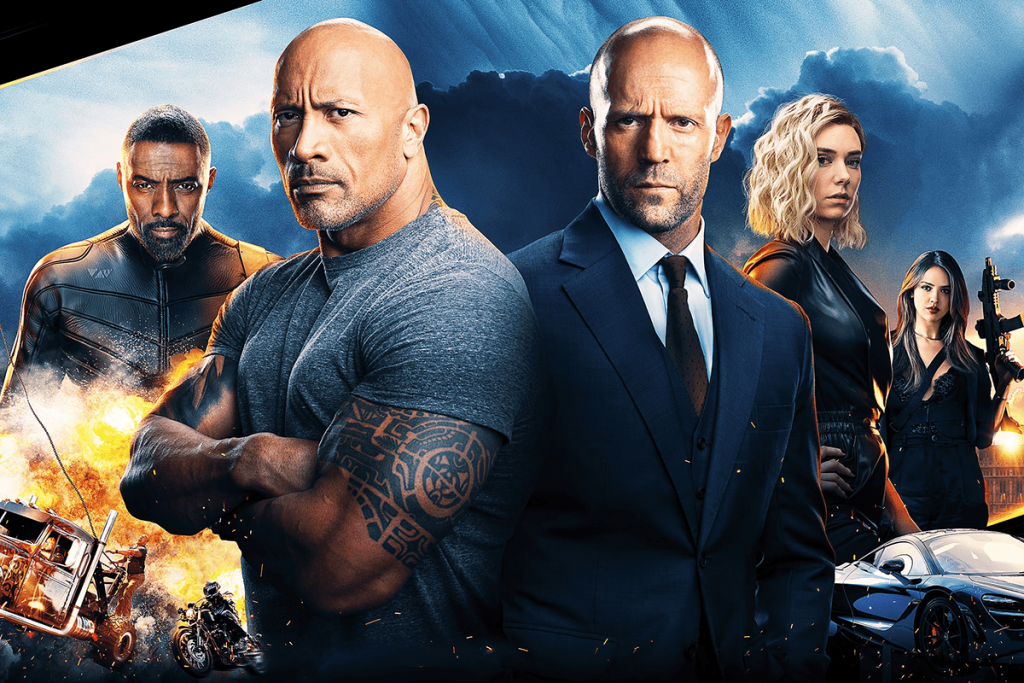
Captain Marvel – $14.0M
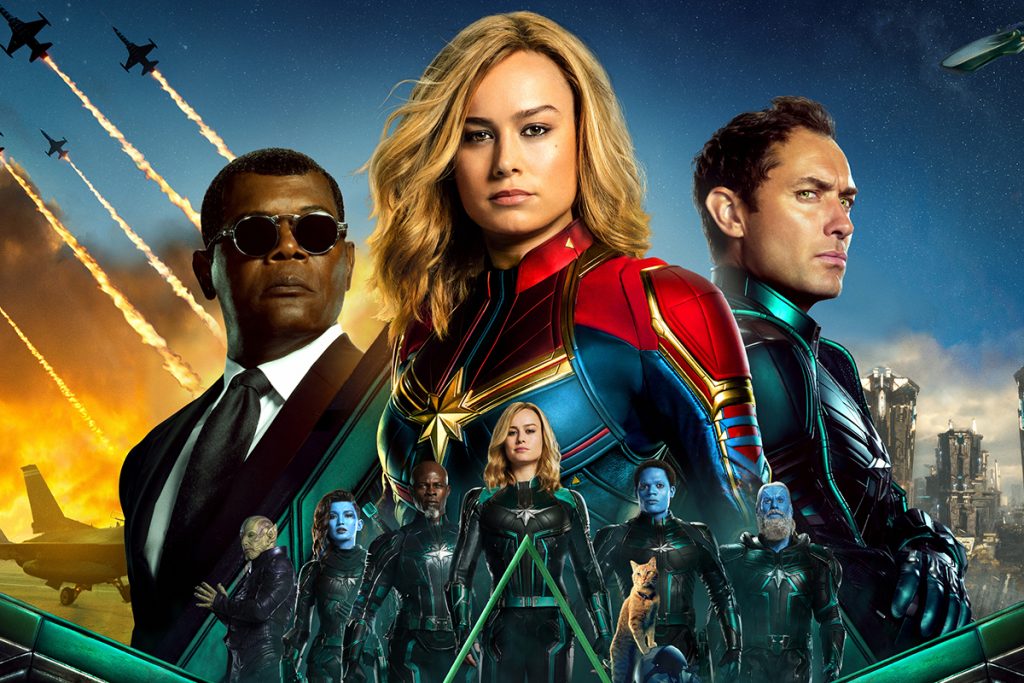
Spider-Man: Far From Home – $13.2M
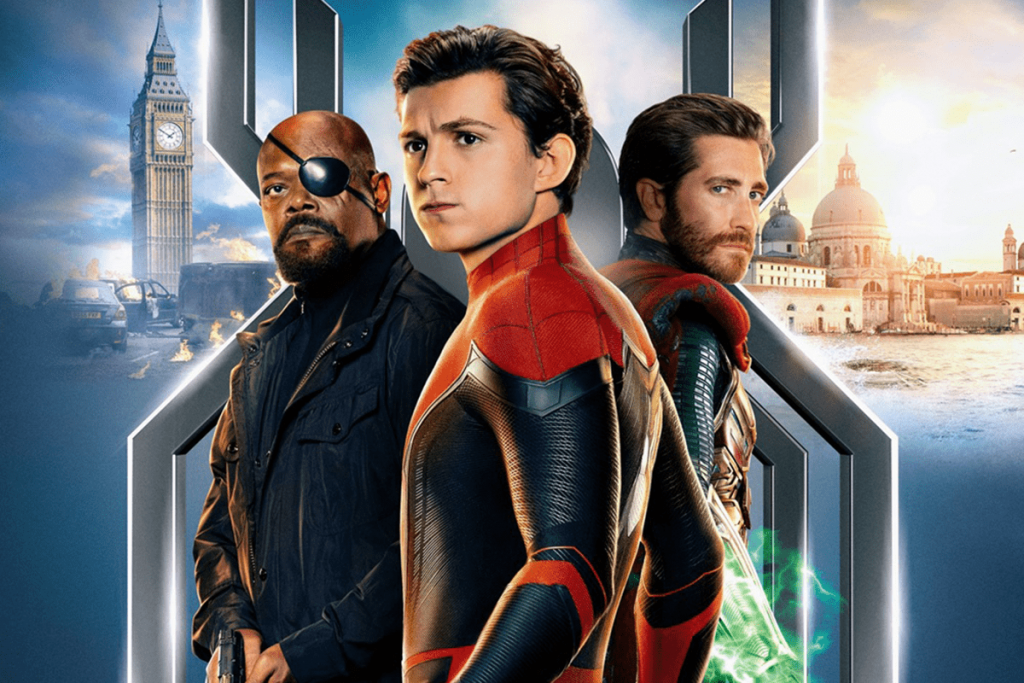
The top 4DX markets – Japan, China, Korea, France, U.S, Mexico and United Kingdom – together account for more than 66% of the format’s total global box office takings in 2019. These markets broke records in attendance and global box office, surpassing the top seven record of 2018. Most of all, U.S. became the biggest grosser among seven countries as 4DX box office grew more than 73% in comparison to 2018.
The multi-sensory format and Cinema Advertising
4DX engages audiences to be part of the adventure whilst experiencing the entirety of virtual reality, and also offers advertisers an exciting format of cinema advertising – guaranteed to create greater brand impact.
Here’s an article with example 4D cinema campaigns booked through MVM:
Achieve Greater Brand Impact with 4D Cinema Advertising
Break through the confines of advertising and explore the possibility of aligning your brand with a movies scheduled to release in 4DX format across the Middle East.
Mulan
No Time to Die
Black Widow
F9
Wonder Woman 1984
Top Gun: Maverick
Ghostbusters: Afterlife
Jungle Cruise
The King’s Man
Contact us for 4D cinema advertising opportunities across the Middle East.
Sources: Digital Cinema Report and PR News Wire